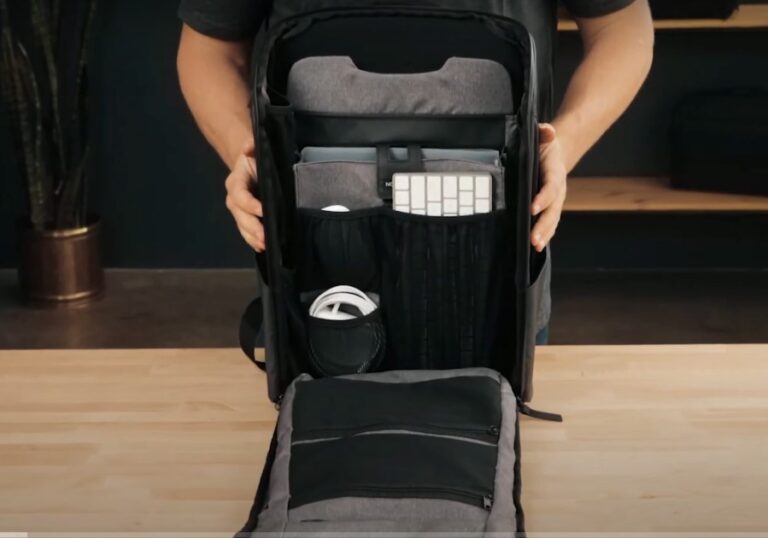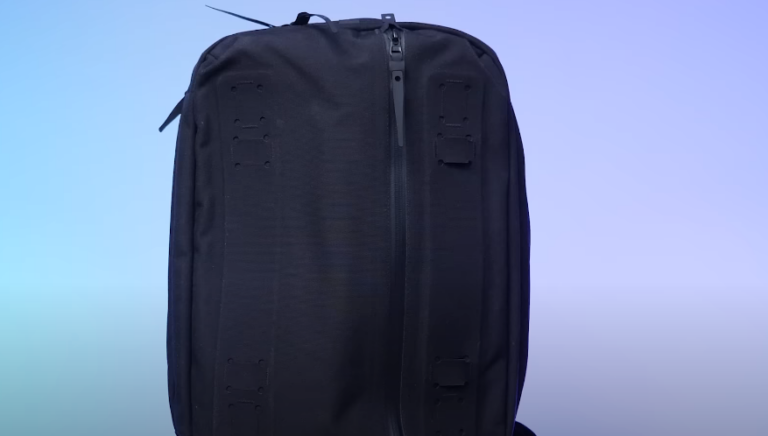How to Safely Put Your Laptop in Your Backpack
In this digital age, where our lives are intertwined with technology, the need to safely transport our laptops is paramount. Whether you’re a student, a professional, or a digital nomad, knowing how to put your laptop in a backpack securely is crucial to prevent damage and ensure longevity.

I. Introduction
In a world where our laptops are indispensable, ensuring their safety during transit becomes a priority. This article delves into the art of packing your laptop in a backpack efficiently, considering not only the device’s safety but also your own convenience.
II. Choosing the Right Backpack
Selecting the right backpack sets the foundation for safe laptop transport. Look for features such as padded compartments, a snug laptop pocket, and additional padding at the base. Size matters too; your laptop should fit comfortably without being too loose or too tight.
III. Preparing Your Laptop
Before you put your laptop in the backpack, take a moment to ensure it’s safely shut down. Securing it in a dedicated laptop sleeve or case adds an extra layer of protection against scratches and minor impacts.

IV. Organizing Other Essentials
Beyond your laptop, consider the accessories. Allocate specific spaces for your charger, mouse, and any other essentials. This not only keeps things organized but also prevents accessories from scratching the laptop.
V. Packing Techniques
The way you position your laptop matters. Place it in the center of the backpack, away from the edges, to minimize the risk of impacts. Utilize internal pockets for accessories, keeping them separate from the laptop.
VI. Securing the Backpack
Invest in a backpack with sturdy zippers and adjustable straps. Ensure that the zippers close smoothly, and the straps are tight enough to prevent any movement inside the backpack. For added security, consider using small locks on zippers.

VII. Being Mindful of Weight Distribution
Distribute the weight evenly to avoid strain on your back and your laptop. Place heavier items closer to your back and lighter ones toward the outside. This simple technique ensures a balanced load.
VIII. Handling Specialized Laptops
If you own a gaming laptop, ultrabook, or a 2-in-1 device, take special precautions. Gaming laptops, for instance, may require additional padding to protect delicate components like the graphics card.
IX. Travel Considerations
For those who frequently travel by air, consider a backpack that is TSA-friendly. These backpacks allow you to keep your laptop in its dedicated compartment during security checks, saving time and reducing the risk of damage.
X. Maintaining Durability
Regularly inspect your backpack for wear and tear. If you notice any signs of damage, consider replacing it promptly. The same goes for laptop accessories like sleeves or cases.
XI. Common Mistakes to Avoid
One of the common mistakes is overstuffing the backpack. Avoid the temptation to carry everything, as overloading can lead to pressure on the laptop. Also, invest in a waterproof backpack to prevent damage during unexpected rain.
XII. Reviewing Popular Backpack Brands
Certain backpack brands are renowned for their laptop-friendly designs. Consider options from brands like SwissGear, Targus, and Incase, known for their durability and thoughtful laptop compartments.
XIII. Personal Stories
To drive the point home, let’s delve into real-life stories. Many individuals have experienced both the consequences of poor laptop packing and the benefits of adopting careful techniques. These stories serve as valuable lessons.

XIV. Frequently Asked Questions (FAQs)
Q: Can I put my laptop in my backpack without a case or sleeve?
A: While it’s possible, using a case or sleeve adds an extra layer of protection against scratches and minor impacts.
Q: Are there backpacks specifically designed for gaming laptops?
A: Yes, many backpacks cater to gaming laptops, offering additional padding and compartments for gaming peripherals.
Q: How can I clean my backpack if it gets dirty?
A: Check the manufacturer’s instructions, but most backpacks can be cleaned with a damp cloth. Avoid submerging them in water.
Q: What’s the best way to prevent my laptop from overheating in the backpack?
A: Ensure your laptop is powered off before placing it in the backpack. Additionally, consider a backpack with ventilated compartments.
Q: Can I carry my laptop in my checked luggage during air travel?
A: It’s not recommended. Always carry your laptop in your carry-on bag to prevent damage from rough handling.
Conclusion
Putting your laptop in a backpack might seem like a routine task, but doing it with care ensures the longevity of your device. From choosing the right backpack to adopting smart packing techniques, these steps can make a significant difference. Remember, a little effort in packing can go a long way in safeguarding your digital companion.






